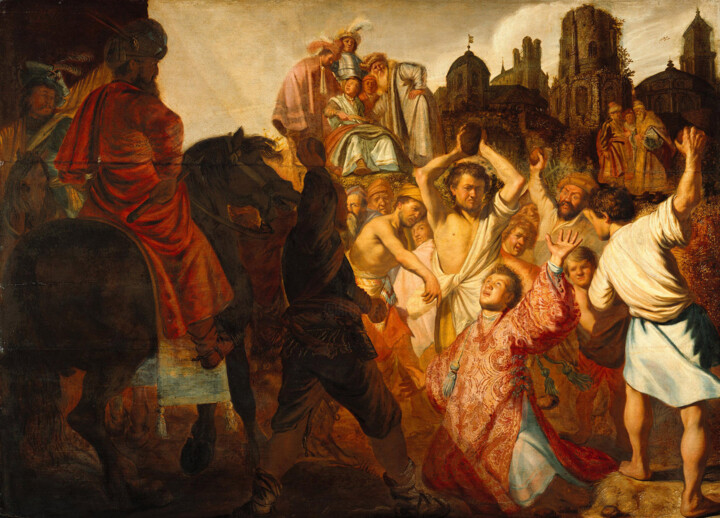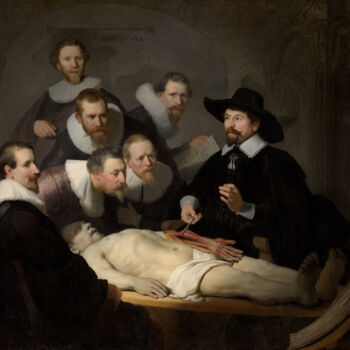The lapidation of Saint Stephen (1625) Schilderij door Rembrandt
Niet Te Koop
Verkocht door Artmajeur Editions
Deze print is verkrijgbaar in verschillende maten.
Verkocht door Artmajeur Editions
-
Origineel Kunstwerk
Schilderij,
Olie
op Canvas
- Dimensies Hoogte 35,2in, Breedte 48,7in
- Framing Dit kunstwerk is niet ingelijst
Verwante thema's
Rembrandt was born in Leiden around 1606 or 1607. From 1613 to 1615, he went to the Latin school there, and from 1620 on, he went to college. In 1622, he started working for the Leiden history painter Jacob Isaacsz. van Swanenburg for three years. Afterward, he spent about six months around 1625/26 in the workshop of Pieter Lastman in Amsterdam. There, he learned about the new styles of the early Baroque. Rembrandt moved to Leiden around 1626 to work as an independent painter. On February 14, 1628, he took Gerrit Dou as a student in his workshop. After moving to Amsterdam in 1631 and getting married to Saskia van Uylenburgh in 1634, he had many artistic successes very quickly. As a citizen of Amsterdam, he bought a big house in 1639. His wife, Saskia, died on 14 June 1642. After she died, he hired Geertje Dircx to care for his son Titus, who had been born in September of the year before. In 1649, she tried to sue him for breaking their promise to get married, but she failed. The conflict made her decide to seek refuge in Gouda the following year. Hendrickje Stoffels, who had been his housekeeper as early as 1647, helped the artist as his new life partner. In the 1650s, Rembrandt had trouble paying his bills because he had been living with someone without permission. Because he couldn't pay, an inventory of his belongings was made in 1656. This list shows how many things he had. After his house and collections were sold at auction in 1660, Hendrickje and Titus took over the painter's business and put it in their own names. At this time, Rembrandt's last student was Aert de Gelder. In his later work, he painted many portraits of important people in Amsterdam. Hendrickje died in 1663, and his son Titus died in 1668. Rembrandt died the next year. His work, especially his many self-portraits, shows a lot about his life, which is an important part of what makes him modern. Portraits, histories, genres, and landscapes are all traditional subjects, but he gives them a new meaning with his own style. His many etchings are as well-known as his paintings. He is often called the most important etcher of the seventeenth century. Rembrandt was one of the most influential artists of the so-called "Golden Age" of Netherlandish painting and one of the giants of Western painting. He taught a lot of artists, such as Carel Fabritius, Ferdinand Bol, Jan Victors, Govaert Flinck, Nicolaes Maes, Gerbrandt van den Eeckhout, and Samuel van Hoogstraten.
-
Nationaliteit:
FRANKRIJK

- Geboortedatum : onbekende datum
- Artistieke domeinen: Vertegenwoordigd door een galerij,
- Groepen: Hedendaagse Franse Kunstenaars Kunstenaars gepresenteerd door een galerij
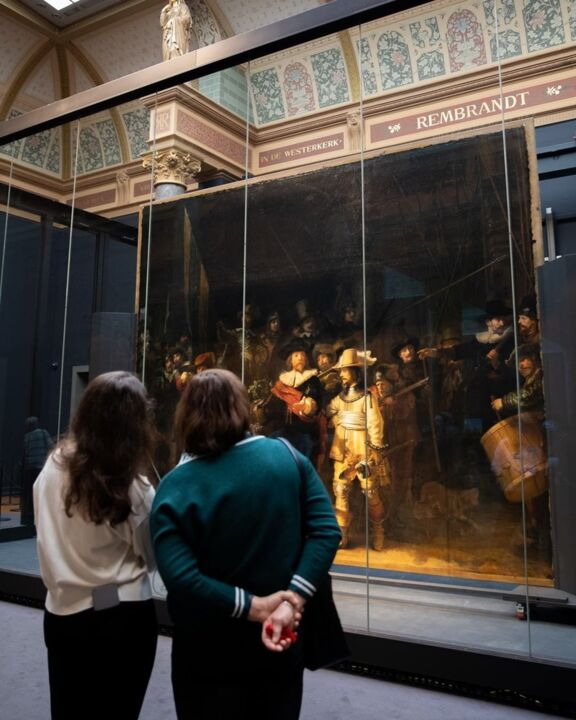 Ontdek Rembrandts "De Nachtwacht" in het Rijksmuseum zoals je hem nog nooit hebt gezien
Ontdek Rembrandts "De Nachtwacht" in het Rijksmuseum zoals je hem nog nooit hebt gezien
 Nederland bereid om $ 198 miljoen te besteden aan zelfportret van Rothschild, eigendom van Rothschild
Nederland bereid om $ 198 miljoen te besteden aan zelfportret van Rothschild, eigendom van Rothschild
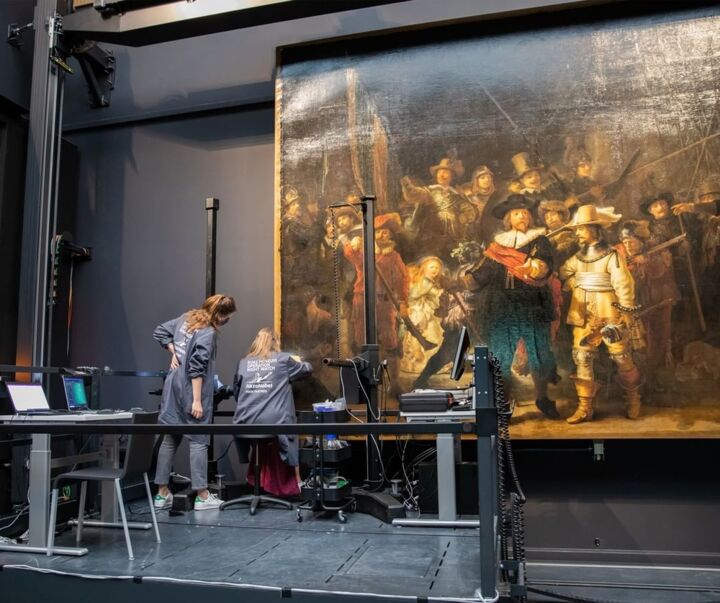 Een verborgen schets in Rembrandts De Nachtwacht is ontdekt door onderzoekers
Een verborgen schets in Rembrandts De Nachtwacht is ontdekt door onderzoekers
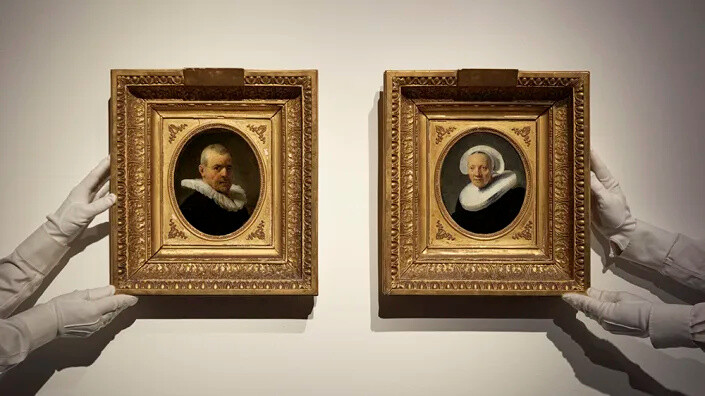 Twee verloren Rembrandt-portretten binnenkort te koop bij Christie's
Twee verloren Rembrandt-portretten binnenkort te koop bij Christie's
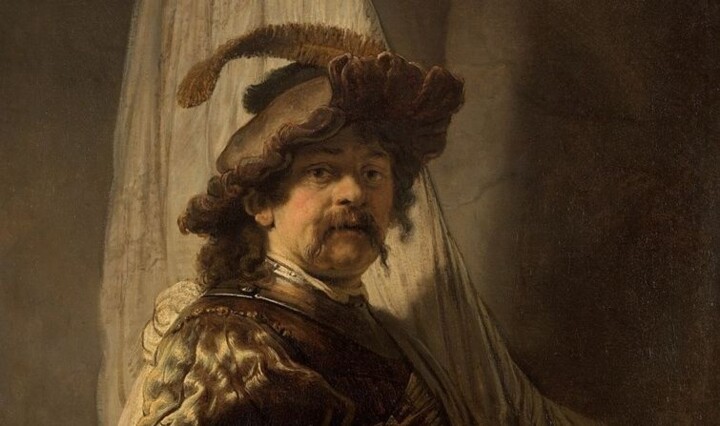 "De vaandeldrager" van Rembrandt is gratis te zien in het Rijksmuseum
"De vaandeldrager" van Rembrandt is gratis te zien in het Rijksmuseum
 Herontdekt meesterwerk van Rembrandt: van onduidelijkheid tot triomf van $ 18,4 miljoen
Herontdekt meesterwerk van Rembrandt: van onduidelijkheid tot triomf van $ 18,4 miljoen
 Rocco Ritchie slaat de kunstwereld: een gewaagd debuut in Miami
Rocco Ritchie slaat de kunstwereld: een gewaagd debuut in Miami

